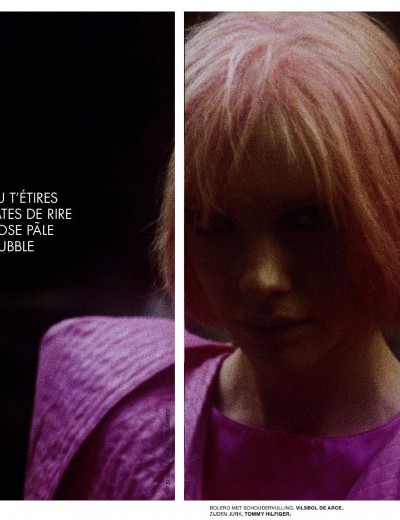
Édouard Plongeon
About
Édouard Plongeon (1829-1917) was a French photographer and pioneer of the medium. He was born in Paris, France, and began his career as a painter before turning to photography in 1851. He quickly became one of the most influential photographers of his time, producing some of the earliest photographs of Paris and its monuments.
Plongeon's work was highly sought after by the French government, which commissioned him to document important events such as the coronation of Napoleon III in 1853. He also traveled extensively throughout Europe and North Africa, capturing images of landscapes, architecture, and people. His photographs were exhibited at the Universal Exposition in Paris in 1855 and at the International Exhibition in London in 1862.
In addition to his photographic work, Plongeon was also an innovator who developed several new techniques for producing prints from negatives. He is credited with inventing a process for making prints from glass negatives that allowed for greater detail than had previously been possible. He also developed a method for making prints from paper negatives that allowed for larger prints than had previously been possible.
Plongeon's work has been widely praised for its technical skill and artistic vision. His photographs are now held in many major collections around the world, including those of the Bibliothèque Nationale de France and the Metropolitan Museum of Art in New York City. His legacy continues to inspire photographers today who strive to capture beauty through their artistry and technical skill.